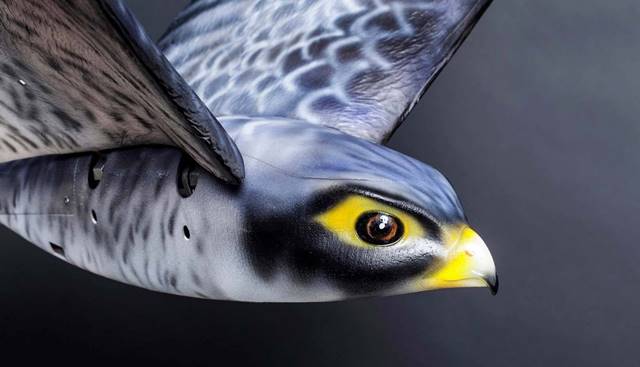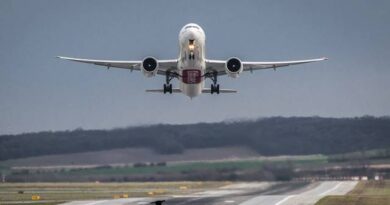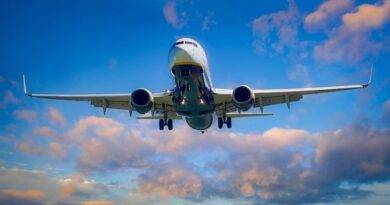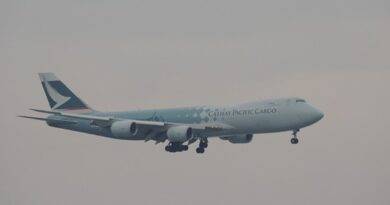Drones involved in Aviation
Drones are increasingly involved in all areas of life today. Many industries are looking for ways to make their operations more effective by using drone technology in a positive way. On the other hand, drones can cause big problems, especially when used uncontrolled or maliciously. In aviation, the possible problems that drones can create are widely discussed. Drones that are flown uncontrollably or maliciously around the airport can have many negative effects on air traffic flow. Or drones that are flown uncontrolled may violate prohibited or restricted airspaces. It is an observed fact that drone-related incidents have increased in the reports of pilots and air traffic controllers in recent years.
It is possible to increase the risky examples of drones in aviation. In addition, drones can be used positively in many areas in aviation, and many operations can become more environmentally friendly, sustainable, fast, safe and cost effective. Let’s see how aviation benefits drones with a few examples.
Airport Inspection
Let’s talk about airport operations as the first example of the contribution drones make in aviation. PAPI systems, which are located at airports and help aircraft to approach precisely, are controlled much faster and less costly thanks to drones. The PAPI system used to be controlled and calibrated by flight check flights with specially equipped aircraft. However, nowadays, drones specially designed for this job can also perform PAPI controls (Canard Drones). This operation with drones has become much more economical in terms of both fuel and personnel expenses. In addition, it is a much more environmental-friendly application since jet fuel is not used during drone control.
Another application made with drones at airports is runway surface coating inspections and runway FOD (Foreign Object Damage) inspections. Thanks to the runway surfacing inspections made with drones, images with high resolution and suitable angles can be obtained. With the help of these images, many academic and statistical studies are paved. In addition, FOD inspections performed with private cars by apron officers at airports become more environmental-friendly and effective thanks to drones.
Bird Control
Birds flying around airports can be extremely dangerous for airplanes. We know of many aircraft that suffer from engine failure as a result of bird strike and have to make an emergency landing. Bird strikes threaten aircraft safety, and according to ICAO, 90% of them happen during take-off and landing. There are many studies about fighting birds at airports. Methods such as devices that make noise at a frequency that would disturb birds have been used for a long time.

Drones are also used effectively in fighting birds. RoBird guides birds safely away from air traffic. Robird is a remotely piloted robotic Peregrine Falcon. Thanks to Robird, birds and flocks around the airport can be removed in a controlled manner and thanks to its design, it scares the birds. Moreover, other birds perceive that the area is unsafe and the birds stop coming to that area again. In other words, the use of Robird aims for a permanent solution in the long term. There is minimal damage to natural life and living things.
Aircraft Periodic Inspection
Another area where drones are used is the control of aircraft. Air vehicles are checked at regular intervals. During these controls, both technical inspections are carried out and physically checked for any damage to the aircraft body. While the control of an A330 plane with mobile platforms takes an average of two hours, it takes only 15 minutes to do the same with a drone. In addition, it is possible to store data thanks to high-resolution images and videos easily taken by drones, or when re-checking is required, the control process can be done in a very short time by using this data.
As you can see, drones are used positively in many areas of aviation. Drones reduce costs compared to old methods in many of their usage areas. It causes less damage to the environment and saves time. Undoubtedly, drones will be more involved in aviation in the coming years and their areas of use will expand.


